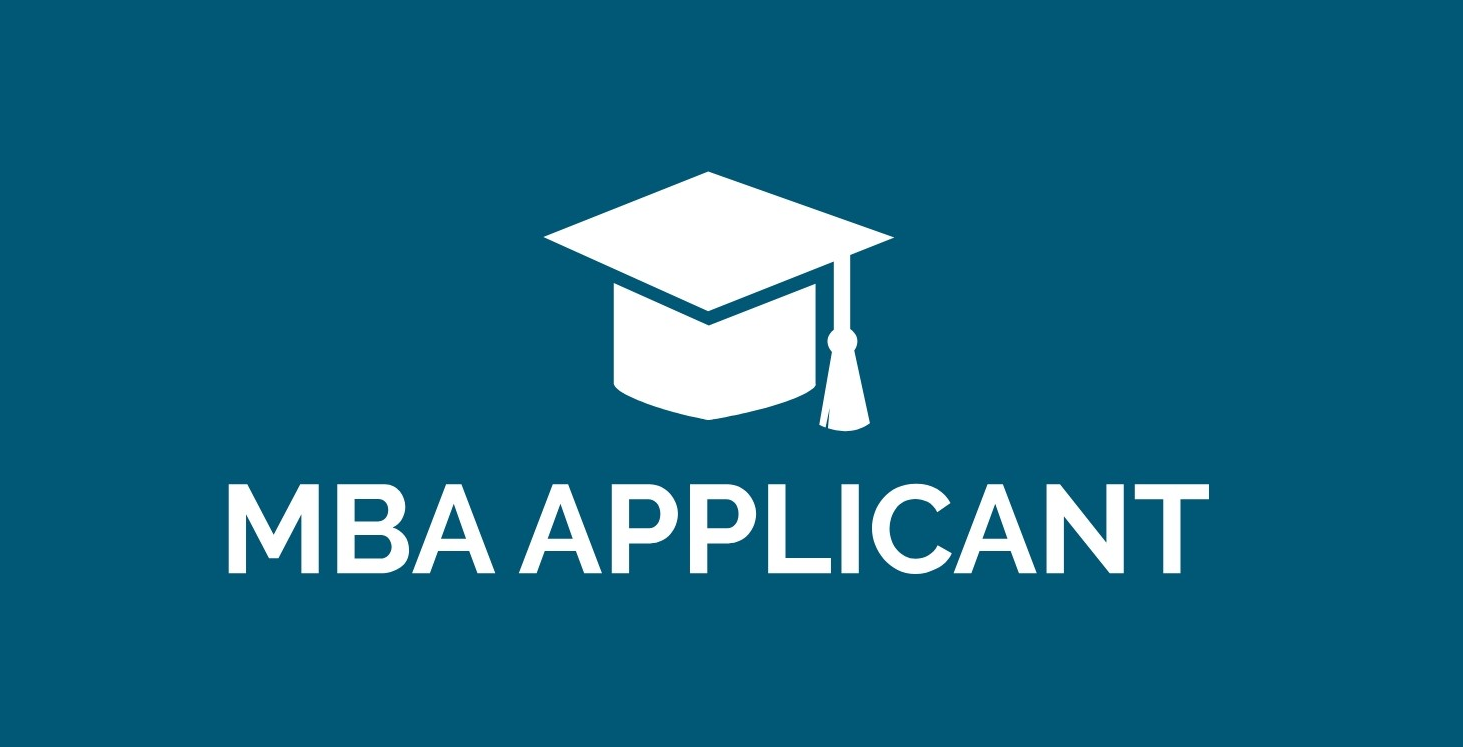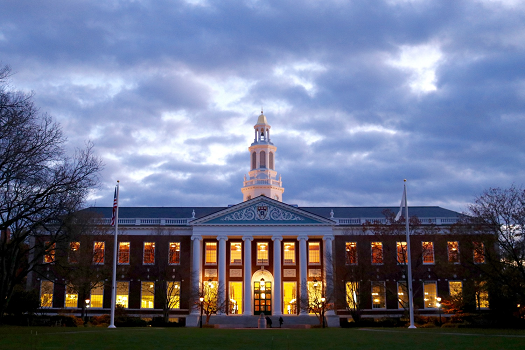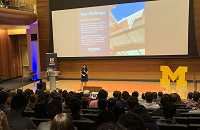What's the Difference Between a Top-Tier and a Second-Tier MBA School?
The recruiters.
It's that simple. If the world's most elite companies — Goldman, McKinsey, Bain, BCG — recruit at your school, you're at a top-tier school. Of course, they need to recruit in numbers, which means they can't take just one or two students as a courtesy to the dean. The recruitment needs to be in significant numbers and consistent.
I won't name names, but in the business school world, the top tier consists of roughly the top 15 schools in the major rankings. There's a little variation, of course, but it's basically those 15. The next 15 schools constitute the second tier — schools with terrific programs and very good job placement, but schools that have traditionally not been able to attract Goldman or McKinsey or similar firms.
Do I Need to Be in the Top Tier?
It depends. If you hope to work for the most elite MBA firms, you need to get into a school at which those firms recruit. Otherwise, your chances of transferring into those companies are slim. Outside of undergrad and MBA school, there just isn't much of a recruitment mechanism at the elite firms (except at the executive level). If you want in, you better do so through business school.
But what if you have no interest in working for Bain or McKinsey or Goldman? The truth is, second-tier schools have terrific job-placement services and connections with great firms. You can still get into a great company and have a fantastic career simply because you were admitted to a second-tier school. The brand equity of that school will make your exceptional career possible.
What If I Get into Both a First-Tier and a Second-Tier School?
This is the scenario that drives me crazy. I'll illustrate it with a real-world example. Some years ago, one of my students was admitted to a terrific second-tier school and to Kellogg, clearly a top-tier program. The second-tier school was offering him money while Kellogg was not. He wrote to tell me he was going to take the cash and accept the second-tier school.
I was in Santa Barbara that day, and I remember thinking, "You didn't listen to what I said in class!" Over the next hour, I composed a long email message to him, laying out what his life and career would be like based on each option. I concluded by telling him to pull his head out of his ass and go to Kellogg. The money he would save by taking the other offer would be nothing compared to the opportunities he would gain by attending one of the world's most elite MBA programs.
For four days I heard nothing, then he wrote to tell me that he had accepted the Kellogg offer. That fall, about eight weeks into his first semester, he wrote again from Evanston, thanking me for encouraging him to look beyond the immediate cost savings. He said he hadn't realized what life was like at a top-tier school, and he had no idea that he would be perceived so differently for having attended such an institution. In other words, he saw for himself the unfair advantages that top schools offer and realized that he had been making a decision based on incomplete information.
The Bottom Line
There are no do-overs in business school. You can't attend a mediocre program, learn later about the advantages of top-tier programs, and then get a second MBA degree. It doesn't work that way. You get only one shot at the MBA brand equity that will create your professional opportunities and define your career, so don't be lazy and don't look to save money. Paying extra to attend Kellogg was the best business deal my student ever made.








